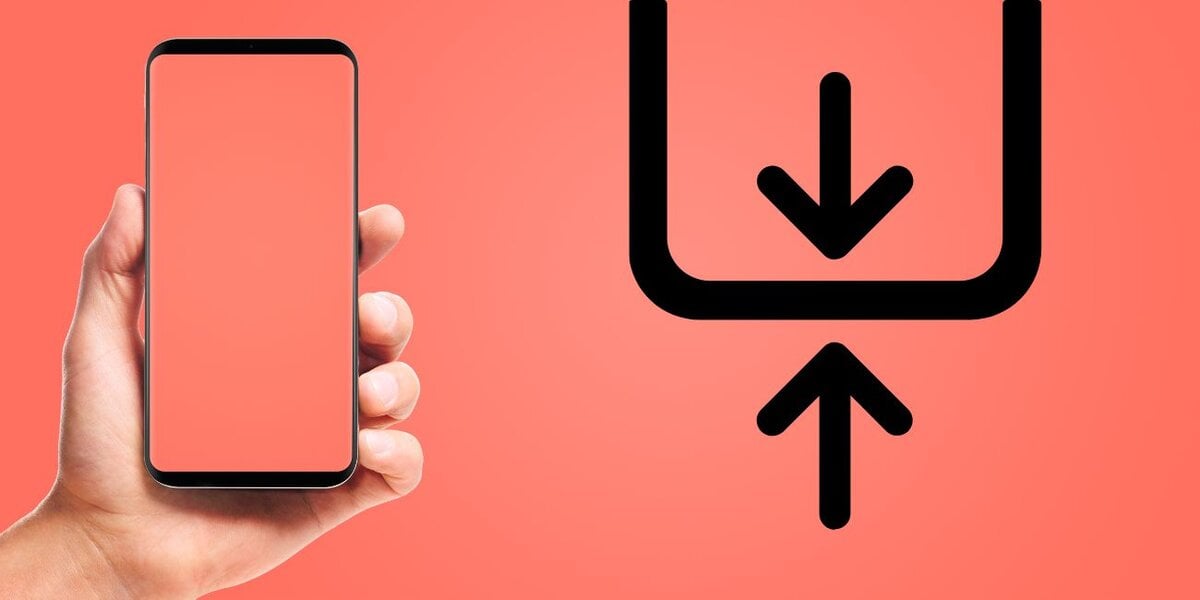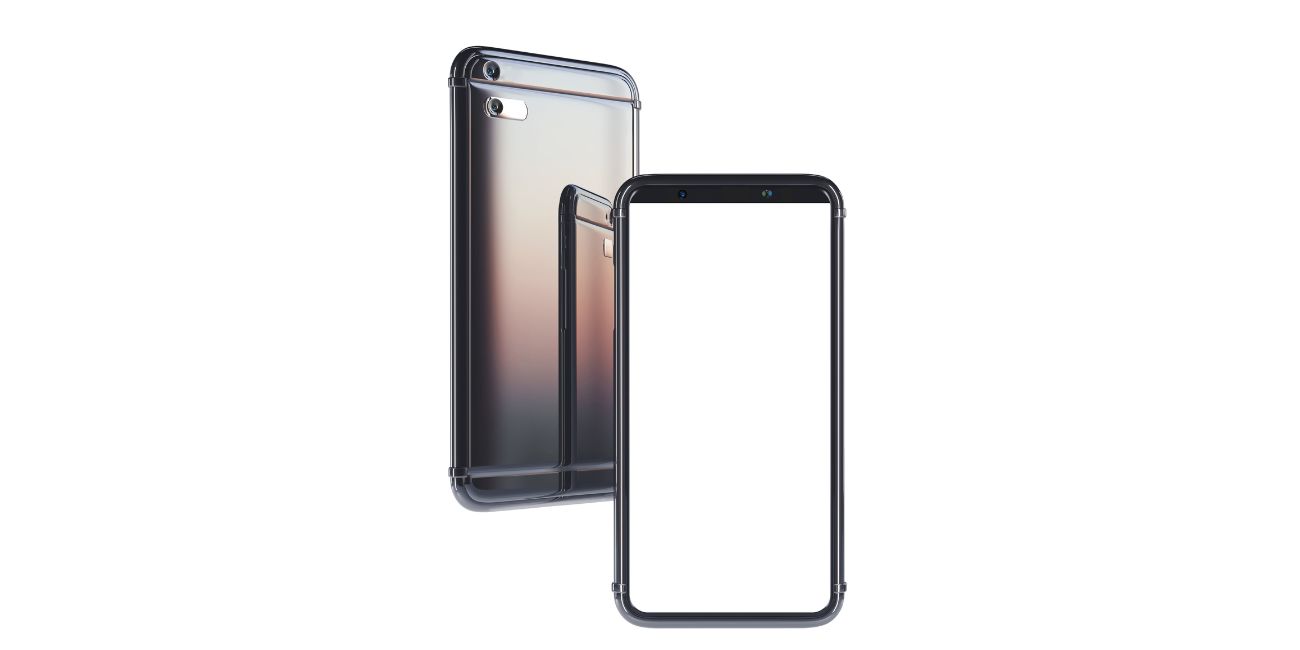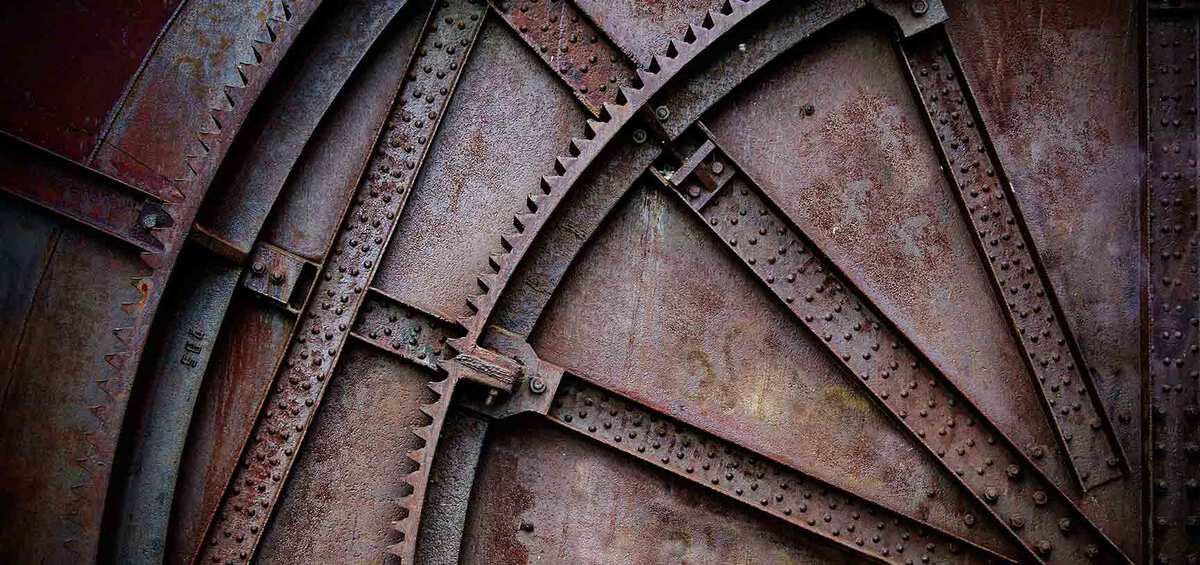When you shop for a new phone or screen, you’ll often see the word “bezel” or “bezel-less” in the description. But what does that actually mean?
Let’s break it down simply.
What Is a Bezel?

A bezel is the edge or border around a screen. It’s the part of a phone, tablet, laptop, or TV that frames the display.
Think of it like the frame around a picture. It keeps everything in place and gives the screen structure. In older devices, bezels were thick and noticeable. They helped protect the screen and gave space for buttons or cameras.
In smartphones, the bezel is what surrounds the screen—at the top, bottom, and sides. Sometimes it holds the speaker, camera, or fingerprint scanner. On laptops and TVs, it’s the black or silver edge between the screen and the outer body.
So in short, a bezel is the non-screen part around your display.
What Does Bezel-Less Mean?

Bezel-less doesn’t mean the bezel is completely gone. It just means the edges are much thinner than before.
In phones, a bezel-less display usually stretches closer to the edge of the device. It might still have a small border, but it’s not as visible. Some phones have punch-hole cameras or tiny notches to keep the bezel small.
You’ll also see the term on laptops and monitors. “Bezel-less” means more screen and less border. It gives a cleaner look and can make the display feel bigger.
Some popular bezel-less phones include:
- iPhone 14, 15 (thin bezels with Face ID notch)
- Samsung Galaxy S23 (very slim bezels, punch-hole camera)
- Google Pixel phones
- Many Android phones with “edge-to-edge” displays
Why Go Bezel-Less?
There are a few reasons why tech companies keep shrinking the bezel:
- More screen in less space – A 6.1-inch screen fits into a smaller phone body
- Better visuals – Movies, games, and photos look more immersive
- Modern design – Thinner edges look sleek and updated
- Lighter feel – Less material, less weight
You get more display area without making the device bigger. That’s helpful for one-handed use or travel.
Do Bezels Still Matter?
Yes. Even though bezel-less designs are everywhere now, bezels still have a role to play. They’re not just leftover design pieces — they actually serve a few practical purposes.
One big reason is durability. Bezels help protect the screen from cracks and drops. When a phone falls, it’s often the bezel that takes the hit first, not the display.
Another reason is grip. Without a small edge to rest your fingers on, it’s easier to accidentally touch the screen. A thin bezel can make a phone or tablet more comfortable to hold, especially for long periods.
Cameras and sensors still need space, too. Even though companies have found clever ways to hide cameras in notches or punch holes, there’s still hardware tucked inside that needs room near the screen.
And yes, cost matters. Ultra-thin or truly bezel-less screens can be more expensive to make — and fix. That often bumps up the price of the device.
Some people just prefer a thin bezel over no bezel at all. It can make the device feel more solid and easier to use. Plus, bezel-less phones tend to be more fragile and sometimes tricky to repair.
So while slim edges look cool, bezels still make sense for lots of users and situations.
Should You Care About Bezels?
If you’re shopping for a phone, tablet, or monitor, it depends on what you like.
If you care about:
- A clean look
- Bigger screen in a small body
- Watching videos or gaming
Then a bezel-less or slim-bezel device makes sense.
But if you want:
- Better grip
- A sturdier frame
- Lower cost
Then a slightly thicker bezel might be better for you.
At the end of the day, both options work fine. It’s more about style and how you use your device.
Have thoughts about bezel vs bezel-less?
Drop a comment and let others know what you prefer. And if this helped, share it with someone comparing phone specs or buying a new screen.

